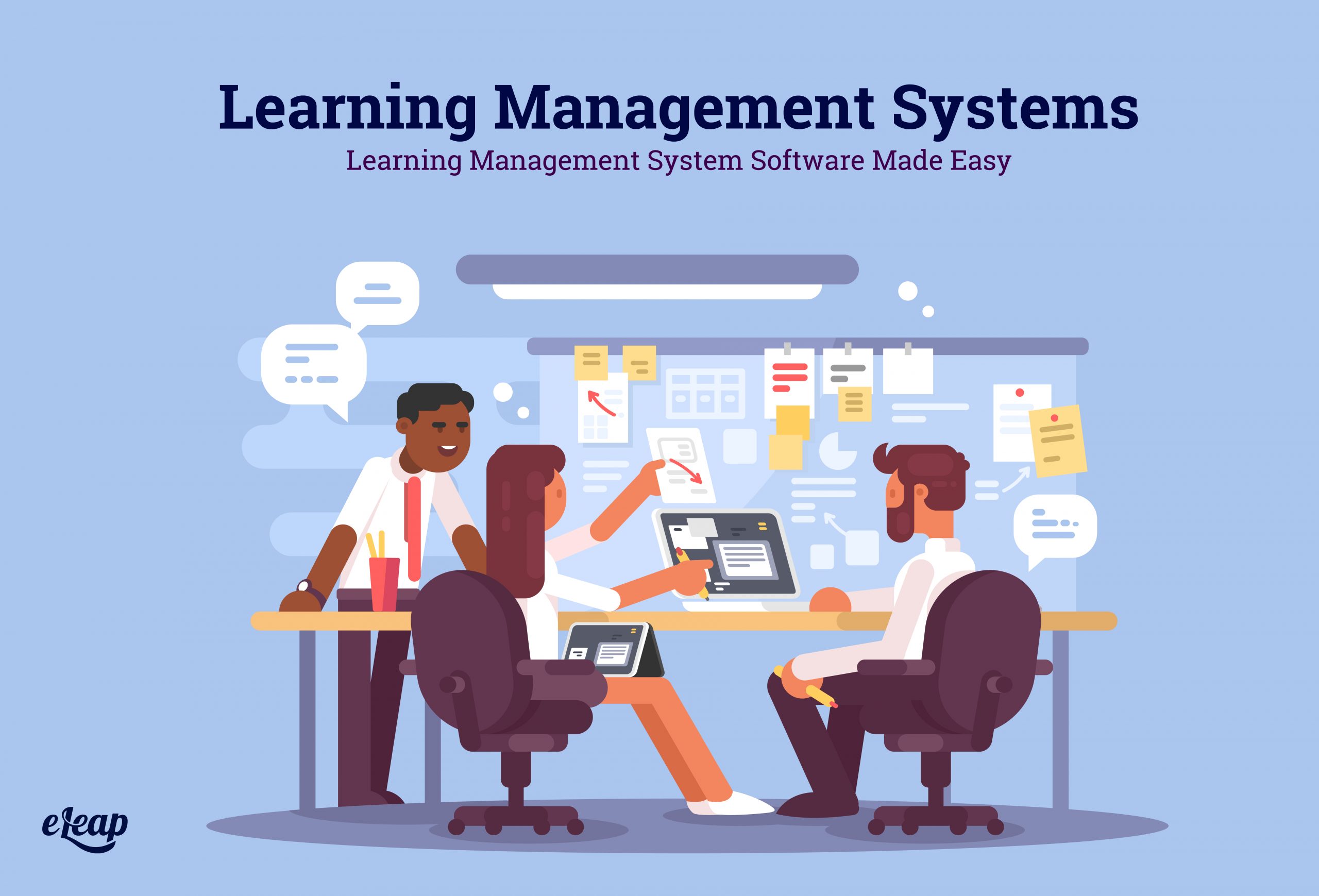How Does The Learning Management System Software Work?

Learning Management System (LMS) software has emerged as a transformative tool that redefines how learning is delivered and managed in the rapidly evolving education and technology landscape. This innovative technology has not only revolutionized traditional classroom settings but has also found its application in school management systems, enhancing administrative efficiency and student engagement. This comprehensive guide will explore how Learning Management System software works, specifically focusing on its integration within school management systems and how it is reshaping the educational landscape.
Understanding the Learning Management System (LMS) Software:
A Learning Management System (LMS) is a digital platform facilitating educational content creation, delivery, tracking, and management. It serves as a virtual classroom, offering instructors a venue to deliver courses, engage with students, and assess their progress. LMS software has gained widespread popularity across educational institutions, from K-12 schools to universities and training organizations, as it streamlines the learning process and enables seamless interaction between educators and learners.
Essential Components and Functionalities of LMS Software:
Course Creation and Management:
LMS software allows instructors to create and organize courses, modules, and lessons. Educators can upload various learning resources, such as videos, documents, quizzes, assignments, and interactive content, creating a comprehensive and engaging learning experience.
User Management and Enrollment:
LMS platforms facilitate user management, enabling administrators to create and manage user accounts for students, teachers, and administrators. Students can enroll in courses, gaining
access to course materials and resources.
Content Delivery and Interaction:
Learning materials are delivered through the LMS interface, providing learners access to course content anytime, anywhere. Learners can engage with multimedia resources, participate in discussions, and complete interactive activities.
Assessment and Evaluation:
Instructors can create assessments, quizzes, and exams to gauge learners’ understanding and progress. LMS software automates grading, provides instant feedback, and stores assessment results for educators and learners to review.
Communication and Collaboration:
LMS platforms foster communication and collaboration through discussion boards, chat features, and email notifications. Learners can interact with instructors and peers, ask questions, and engage in collaborative activities.
Progress Tracking and Reporting:
LMS software offers progress-tracking tools that allow learners to monitor their achievements and completion status. Educators can access analytics and reports to assess learner engagement and identify areas for improvement.
Certification and Recognition:
Upon successful completion of courses, learners can receive certificates, badges, or other forms of recognition. LMS software automates the issuance of credentials, enhancing motivation and promoting lifelong learning.
Integration of LMS Software within School Management Systems:
As education evolves and embraces technology, school management system have adopted Learning Management System software to streamline administrative tasks, enhance communication, and enrich the learning experience. Integrating LMS within school management systems provides a unified platform for administrative and educational functions.
1. Streamlined Administrative Tasks:
LMS software integrated into a school management system allows administrators to manage student records, attendance, scheduling, and communication within a single platform. This integration reduces duplication of efforts and ensures consistent data across the institution.
2. Unified Communication:
Integrating LMS with school management systems facilitates seamless communication between teachers, students, parents, and administrators. Announcements, notifications, and updates can be quickly disseminated, promoting transparency and engagement.
3. Enhanced Parental Involvement:
Parents can access the LMS to monitor their child’s progress, assignments, and attendance. This involvement fosters a collaborative learning environment and enables parents to actively support their child’s education.
4. Efficient Resource Allocation:
LMS integration within school management systems helps optimize resource allocation, including classrooms, faculty assignments, and materials, which allows administrators to make informed decisions based on real-time data.
5. Data-Driven Insights:
Integrating LMS software with school management systems gives educators and administrators data-driven insights into student performance, engagement, and learning trends. These insights guide instructional strategies and interventions.
6. Customization and Scalability:
LMS software integrated into school management systems offers customization options to align with the institution’s unique requirements. It also supports scalability as the institution grows and adapts to changing educational needs.
Benefits of LMS Software in School Management:
Efficient Resource Management: LMS software streamlines administrative processes, enabling efficient allocation of resources, faculty assignments, and classroom scheduling.
Enhanced Engagement: LMS platforms engage learners through interactive content, discussion forums, and collaborative activities, fostering active participation and knowledge retention.
Effective Communication: LMS integration promotes effective communication among students, teachers, parents, and administrators, ensuring timely updates and seamless information exchange.
Personalized Learning: LMS software allows educators to customize learning experiences and cater to individual student needs, learning styles, and paces.
Data-Driven Decision-Making: LMS platforms provide actionable insights that inform instructional strategies, curriculum development, and interventions to support student success.
Lifelong Learning: LMS integration within school management systems promotes a culture of lifelong learning by offering a platform for continuous education and professional development.
Conclusion:
Learning Management software, including the expertise of MyClassboard, has become a cornerstone of modern education, revolutionizing how learning is delivered, managed, and experienced. By integrating LMS platforms within school management systems, educational institutions can optimize administrative processes, enhance communication, and create enriched student learning environments. The seamless integration of administrative and academic functions empowers educators, learners, parents, and administrators to collaborate effectively, adapt to changing educational paradigms, and pave the way for a technologically advanced and learner-centric future. As technology continues to shape the education landscape, the synergy between Learning Management System software, such as MyClassboard, and school management systems is poised to play a critical role in shaping the next generation of learners and leaders.






